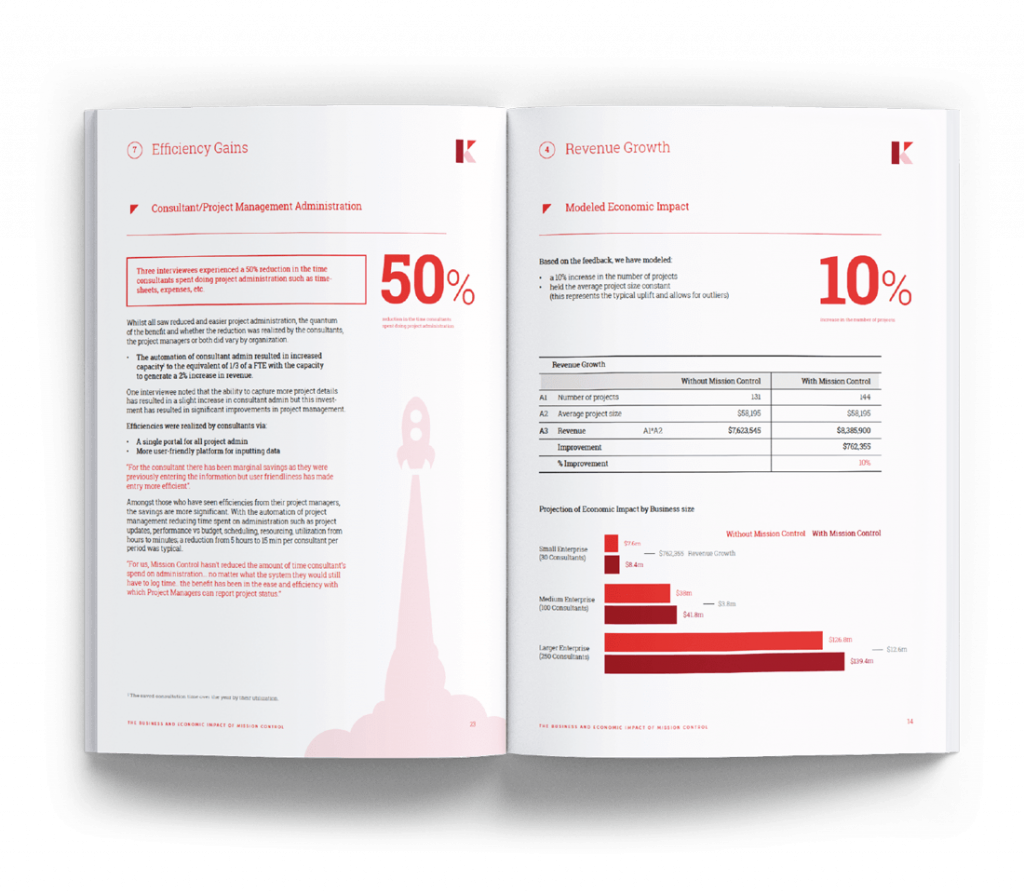In today’s fast-paced business environment, effective resource planning is crucial for the success of any project. Resource planning involves identifying, organizing, and managing the resources required to complete a project. This includes everything from human resources to equipment and materials. Utilizing resource planning software can significantly enhance the efficiency and effectiveness of these processes. In this article, we will explore what resource planning is in project management, delve into resource management tools, techniques, and provide examples, and discuss the benefits of using resource planning software, specifically on the Salesforce platform.
What is Resource Planning Software?
Resource management software platforms, are applications designed to help project managers allocate and utilize resources efficiently. These tools provide visibility into resource availability, skill sets, and workloads, allowing project managers to assign the right resources to the right tasks. Common features of resource management tools include scheduling, tracking, forecasting, and reporting. By leveraging these tools, organizations can ensure that resources are used optimally, reducing the risk of over-allocation or underutilization.
Resource Planning Software – Best Techniques
Effective resource planning requires a blend of strategic and tactical approaches. Some popular resource planning techniques include:
- Resource Forecasting: Predicting future resource needs based on historical data and project demands.
- Capacity Planning: Assessing the maximum amount of work that can be handled by resources within a given timeframe.
- Resource Leveling: Adjusting project schedules to address resource constraints and avoid overburdening team members.
- Resource Smoothing: Distributing resource usage evenly across the project timeline to maintain a consistent workload.
- Critical Path Method (CPM): Identifying the longest sequence of dependent tasks to prioritize resource allocation effectively.
Projects and using Resource Planning Software
Project resource management encompasses the processes and techniques used to plan, allocate, and monitor resources throughout the project lifecycle. It involves several key activities:
- Resource Identification: Determining the resources required for each project task.
- Resource Allocation: Assigning resources to specific tasks based on availability, skills, and project priorities.
- Resource Optimization: Continuously adjusting resource assignments to ensure optimal utilization.
- Resource Tracking: Monitoring resource usage and performance to identify any deviations from the plan.
- Resource Reporting: Generating reports on resource utilization, availability, and productivity to inform decision-making.
Resource Allocation Tools
Resource allocation tools help project managers distribute resources effectively across multiple projects. These tools typically include features such as:
- Gantt Charts: Visual timelines that show task dependencies and resource assignments.
- Resource Calendars: Schedules that display resource availability and booking status.
- Skill Matrix: A tool to match resource skills with project requirements.
- Workload Balancing: Tools to ensure an even distribution of work among team members.
- Time Tracking: Features to monitor the time spent by resources on various tasks.
Using Resource Planning Software on Salesforce
Leveraging Salesforce for resource planning provides several advantages. As a powerful CRM platform, Salesforce integrates seamlessly with various resource management tools, enabling organizations to manage their resources within a single ecosystem. Using Salesforce for resource planning offers:
- Centralized Data: All resource-related data is stored in one place, providing a unified view of resource availability and utilization.
- Real-Time Updates: Instant updates on resource status and project progress, ensuring accurate and timely decision-making.
- Scalability: The platform can scale with your organization’s needs, accommodating growth and increasing resource complexity.
- Customization: Salesforce’s flexibility allows for tailored resource planning solutions that meet specific business requirements.
Resource Management Examples
- IT Project: An IT company uses resource planning software to allocate developers, testers, and project managers to various software development projects. By forecasting resource needs and tracking availability, they can avoid overburdening their team and ensure timely project delivery.
- Marketing Campaign: A marketing agency leverages resource management tools to plan and execute campaigns. They allocate designers, copywriters, and account managers based on campaign requirements and deadlines, optimizing resource use and improving campaign outcomes.
- Construction Project: A construction firm uses resource planning techniques to schedule equipment, labor, and materials for multiple construction sites. This helps them maintain project timelines and reduce costs by preventing resource shortages or overages.
Best Resource Planning Software
When it comes to selecting the best resource planning software, several options stand out:
- Mission Control: Built natively on Salesforce, Mission Control offers comprehensive project management and resource planning features, including scheduling, tracking, and reporting.
- Asana: A popular project management tool that provides robust resource allocation and workload balancing capabilities.
- Jira: Widely used in software development, Jira offers resource planning and issue tracking features.
- Microsoft Project: A powerful project management solution with extensive resource planning and scheduling functionalities.
In conclusion, resource planning software plays a vital role in ensuring the successful completion of projects. By utilizing resource management tools and techniques, organizations can optimize resource utilization, improve project outcomes, and enhance overall efficiency. Whether you choose Mission Control, Asana, Jira, or Microsoft Project, incorporating resource planning software into your project management processes will undoubtedly yield significant benefits.




